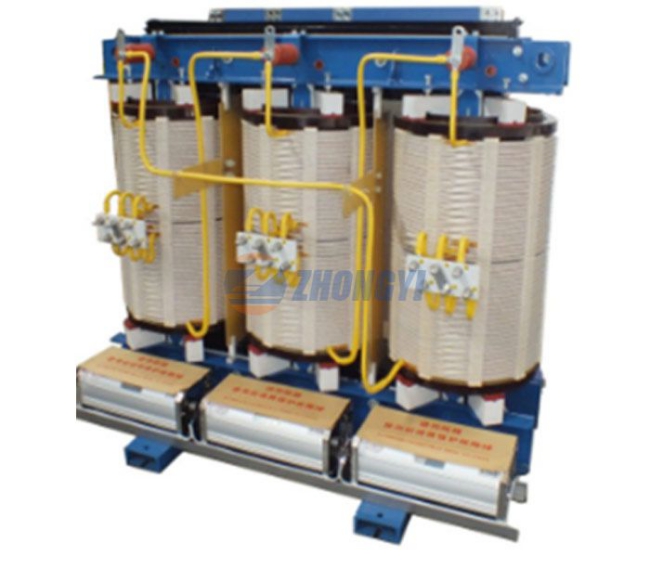A transformer is common electrical equipment that can be used to transform a certain value of alternating voltage into another value of alternating voltage with the same frequency. A step-up transformer is a transformer used to transform a low-value alternating voltage into another higher-value alternating voltage with the same frequency.
The so-called step-down transformer is to convert the higher voltage at the input end into an ideal voltage with a relatively low output, so as to achieve the purpose of step-down.
The basic principles of the step-up transformer and step-down transformer are the same. The main difference is the number of turns of the primary and secondary windings: the number of turns of the main winding of the step-up transformer is less, and the number of turns of the main winding of the step-down transformer is more.

There is no difference in theory between a step-up transformer and a step-down transformer. In fact, there is a difference. Generally, the step-up transformer is used for step-down, but the step-down transformer is basically not feasible for step-up. There is also a case where a step-down transformer can be used as a step-up transformer, as long as the voltage does not exceed the primary and secondary voltage.
Whether to increase or decrease voltage depends on the ratio of the number of turns of the primary coil and the secondary coil. 1:1 does not rise or fall, only plays the role of isolation. In theory, the step-down transformer can be used as a step-up transformer in reverse, but it may not work in practice.
The difference between the step-up transformer and the step-down transformer
The so-called step-up transformer naturally refers to increasing the value of the instantaneous voltage supply, while the step-down transformer converts the higher voltage at the input of the power supply into a lower ideal voltage for the normal use of our home appliances to achieve the step-down purpose. So can the step-up transformer and step-down transformer be used interchangeably? Regarding this issue, it is not possible in principle, because the loss of elements needs to be considered in the design and packaging of the equipment. When the primary coil is responsible for the power transferred to the secondary, it also needs to provide additional losses such as iron loss, while the secondary coil needs to add a coil to offset the voltage loss, so the two cannot be used upside down.
However, if there is a reason, it can be temporarily used as a substitute when it is urgently needed. However, the loss of the internal transformer will increase, and the reliability of equipment operation will gradually decrease, and the service life of the equipment may be shortened, so It is not recommended that you replace it for a long time.
The above information is provided by the transformer manufacturer.
Copyright:@2020-2021
Comments Please sign in or sign up to post.
0
0 of 500 characters used